
There is a word I never expected to associate with a narrative as sprawling as The Sandman, but it’s unavoidable: the second season feels rushed.
Not fast-paced: there are too many scenes that just hang there and loll around to say that.
Not exactly slapdash: if anything, it’s too overthought.
Just rushed the way some apologies are, the kind you’re in a hurry to get over with so you can hopefully move on.
Which is exactly what’s happening in Sandman Season 2, and I think you know why.
If you do, hold that thought a moment while I bring first-timers up to speed:
Adapted from the groundbreaking DC/Vertigo comic series, Netflix’s The Sandman centers on the living embodiment of Dream, aka Morpheus, one of seven immortal beings called The Endless (the others being Destiny, Death, Desire, Despair, Delirium, and one called “the Prodigal” who was once known as Destruction).
These aren’t names so much as job descriptions. Each of them oversees a different aspect of existence, and all of them will cease to exist only when the universe does. Sandman’s first season begins as Dream is taken captive by a mortal occultist; eighty years later, he escapes to find his kingdom in ruins. Dream’s quest to recover his magical tools takes him into dark realms, not the darkest of which is hell itself. Both Lucifer and Dream’s sibling Desire pledge to destroy him.
This is where we came in.
Although Sandman has been called a story about stories, it is rarely as plot-driven as what I just described. It will pause mid-narrative to explain what a “bezoar” is (a big clump of partially digested hair with alleged magical properties) or the name of Adam’s second wife (she doesn’t have one). It tosses historical figures like Augustus Caesar and Haroun Al-Raschid into the cookpot with discarded DC characters like Matthew Cable and Hippolyta Hall. It’s told mainly through endless side quests in which Morpheus usually appears, if at all, on the periphery of his own story.
There is a forlorn spirit, bereft of his kingdom, hovering on the periphery of The Sandman’s second and final season. But it’s not His Darkness Morpheus, Dream of the Endless, played to wan perfection by Tom Sturridge. I mean the ghost that showrunners David S. Goyer and Allan Heinberg have tried and failed to banish from the banquet: the once-idolized and now despised shade of its creator, Neil Gaiman.
Anyone who ever loved Sandman remembers how Gaiman was capable of making his readers feel.
Inspired. Included. Special.
These are hazardous emotions: the high is great but the hangover is a bastard. Reading Sandman felt like a Postmodern Lit course with that cool professor you badly wanted to impress. If you took enough of those courses, you might notice him recycling his material or fudging his facts.
Eventually it would dawn on you that he sure spent a lot of time with his female fans. “He’s a feminist,” they’d say, because that’s what he said. Many of them were as fragile as poor Delirium, which is not good considering that Gaiman frequently blurred the lines between himself and his title character, and that character had a badly screwed-up idea of power dynamics.
Now that sexual abuse allegations have been raised against Neil Gaiman—all-too-plausible charges of physical and mental cruelty against a string of women under his power—pretty much everything in the series lands harder.
Even in Season 1 of Netflix’s The Sandman, there were hints of this “other” Neil Gaiman hiding in the shadows.
In “Calliope,” the writer Ric Madoc also calls himself a feminist even while keeping a female muse as his personal sex slave. In “24/7,” Doctor Destiny forces a diner full of people to engage in various bizarre, kinky, and ultimately fatal acts of degradation for his amusement. The damned in hell insist on being tortured (the masochists are always in control, Lucifer observes). There’s enough scenes of characters in bondage to give William Moulton Marston a run for his money.
And then there’s Dream’s decision to banish his lover Nada to hell, all because she said no to his seduction. This is the inciting incident of Season 2 and, not inappropriately, the beginning of Morpheus’s downfall.
“Season of Mists” (title of the premier episode and the story collection that inspired it) begins at a family meeting, as Dream’s sister Death (Kirby Howell-Baptiste) reminds her brother that maybe it was kinda wrong to condemn his girlfriend to an eternity of torment. His subsequent decision to free her pits him against Lucifer (a wonderfully arch Gwendolyn Christie), who has decided to quit being the Prince of Darkness. In what may be the ultimate left-handed gift, Lucifer confers the key to hell on Morpheus. This means that every pantheon—disposessed demons, Norse aesir, high elves of Faerie, lords of Order and Chaos—will soon be at Dream’s door, demanding sole title to creation’s most valuable piece of psychic real estate.
Season of Mists is one of the most popular narratives in the series, and it’s frustrating to see it dashed off in a mere two and a half episodes (the other and-a-half reduces the tour de force “A Midsummer Night’s Dream” to an extended flashback). At least it’s a plotline in which we see some of the “good” Sandman at work, the one we’re so eager to admire … right up to the moment that Nada shows up to remind us that he condemned her to ten thousand years of torment and now she’s supposed to be grateful simply because he finally changed his mind?
In the graphic novel she forgives him, in less than four pages.
She even kisses him. In the series, she accepts his offer of compensation—a free do-over in life—but withholds the smooch (at least Dream didn’t make her sign a non-disclosure agreement, as Gaiman is alleged to have done with some of his victims).
Even then, Dream can’t take a hint. When his baby sister Delirium (Esme Creed-Miles) comes begging him to help her find their missing brother, Dream uses it as an excuse to track down his ex-girlfriend in the waking world.
Thus begins the series’ all-too-brief treatment of Brief Lives, one of the most tangled and tantalizing storylines in the canon, in which Dream literally goes looking for Destruction. If Season of Mists centers on the “good” Dream, then Brief Lives is Morpheus’s apology tour, where everyone he ever wronged gets to tell him off.
His librarian Lucienne (Vivienne Acheampong) calls him a stalker. Delirium thinks he’s manipulative and mean. The goddess Ishtar (Amber Rose Revah), now dancing in a strip club, accuses him of poisoning her relationship with his brother. Not to be out-tonguelashed, Desire (Mason Alexander Park) goes off on a long rant, calling their brother a murderer who’s directly responsible for all the suffering that’s happened in the story so far.
And this is how abusers see themselves, I realized as I watched everyone pile on. They think they’re the victims because everybody’s being so mean. When the hero gets high-roaded by the villain, you start to wonder if the writers might also be implicitly condemning the Sandman’s creator.
I wonder why they bothered.
A lot of Gaiman projects have been dropped since the abuse allegations surfaced: the Coraline musical, a Disney adaptation of The Graveyard Book, the Dark Horse comic adaptation of Anansi Boys. Amazon Prime decided that Good Omens was a bad one. Netflix sent Dead Boy Detectives to the hereafter. They could easily have done the same to Sandman, saving themselves $14 million per episode.
Netflix swears that a third season was never in the plan. Maybe so, but they sure seem in a hurry to get it all dead and buried: four major story arcs are wedged into as many episodes as Season 1 used to cover the first two.
Things do slow down—way down—for the longest and most cheerless of the Sandman storylines, The Kindly Ones. This is where Lord Morpheus tries to make up for all the bad things he’s ever done. It’s also the part where he dies.
The so-called “kindly ones” are the Furies, whose job it is to torment people who spill family blood. As it happens, that’s exactly what Morpheus does at the end of Brief Lives. Although it’s basically a mercy killing—his son Orpheus has been forced to live as a disembodied head for centuries—rules are rules as far as the three ladies are concerned.
In the graphic series, the The Kindly Ones is structured like a Dashiell Hammett novel, the kind where you don’t know what game the hero is playing until the very end. Is he a victim of everyone plotting his downfall—Loki, Puck, Desire, Lucifer, Lyta Hall, Mad Hettie, the Furies—or is he somehow manipulating them into destroying him?
As we keep hearing, Dream takes his responsibilities too seriously to simply walk away as Destruction and Lucifer did, and he can’t take his own life for the same reason. It’s not until the final chapter that we realize he’d been making preparations for his death all along, including his decision to make Lyta’s son Daniel the new Dream of the Endless.
In the series adaptation, there’s no mystery: Morpheus knows he’s going to die, he tells us flat-out that Daniel is supposed to replace him, and so he does… nothing.
Well, not completely nothing.
As long as he stays in the Dreaming, the Furies supposedly can’t touch him. This doesn’t stop him from going to see his Father (Time) and his Mother (Night). These primordial beings—cold, unloving, self-involved—add little to the story, except maybe to explain how Dream got so badly screwed up by his unloving parents. I’ll leave it to others to unpack that.
Even in a long review, there isn’t space to chart all the ways The Kindly Ones cast has been softened up.
Puck, that most psychotic of all hobgoblins, falls in love with Loki and discovers he’s fond of kids. Joanna Constantine hooks up with the Corinthian, a resurrected and (allegedly) reformed serial killer. Desire, who has devoted their entire existence to ruining Dream, discovers they loved their brother after all. There’s so much emphasis on tying up everyone’s happy endings that The Kindly Ones feels less like a tragedy and more like… well, a series finale.
There’s clearly meant to be a catharsis at the end of it all, the kind you get when it’s finally time to say goodbye to long-beloved characters. The problem is that we haven’t been given nearly enough time to fall in love.
Once in a while, the pace slows just enough to remind us of what might have been.
Trans woman Wanda (Pose’s Indya Moore) escapes from the discarded A Game of You storyline to serve as Dream’s chauffeur: in the graphic novel she’s funny but wounded; here, she’s relatably dignified. Esme Creed-Miles gives Delirium, one of the series’s most beloved characters, a performance that’s more Sloane Ranger than psychedelic child-butterfly. Still, she grew on me. Barry Sloane is bluff and affable as Destruction. Mason Alexander Park plays Desire with the languid pleasure of a cobra sunning itself.
Some performances deserved more screen time than they got (a bewhiskered Jack Gleason as Puck), others got more than they deserved (Steve Coogan, phoning it in as the voice of Destruction’s dog Barnabas), and too many were just a wasted opportunity. This last category includes Douglas Booth as the feckless emissary of Faerie, Cluracan, and Ann Skelly as his sister Nuala. Nuala is given to Dream as a gift, but the series makes her a badass on the battlefield; which means she has to play a sword-wielding elf warrior and a grateful house slave.
The series proper ends on a note that’s clearly meant to be cleansing: Daniel, now robed in white as the new Dream, gets to meet his family for the first time. Season 2 also began with a family meeting, when everyone was bickering and hated each other. Now that their brother has been given an upgrade, suddenly all that dysfunctional drama is banished. See, that guy who did all the bad stuff is gone!
Like Season 1, the finale season ends with a bonus episode. This time it’s one of Gaiman’s best-beloved spinoffs, Death: The High Cost of Living.
Basically it’s a self-aware riff on Death Takes a Holiday: once a century, Death spends a day as a mortal woman so she can experience—well, anything mortals do. Hot dogs. Raves. Rescuing would-be suicides from falling refrigerators. That’s how the episode begins, as Sexton Furnival (Colin Morgan) prepares to swallow a fistful of sleeping pills—then, thanks to Death’s intervention, gradually decides he wants to live after all.
I imagine a lot of what will people think? debates went on in the writers’ room: in the graphic novel, Sexton is sixteen. What will people think about an underage boy being taken to rave clubs and put in mortal danger by an older woman, even if she is an anthropomorphized abstract? Which is exactly what happened before the writers aged Sexton up to his mid-twenties. Very age-appropriate: also kind of odd.
Teenage Sexton made sense.
He doesn’t want to die—that plan goes away the moment he gets crushed under a refrigerator—he just doesn’t particularly want to live the life he’s got. This is a very teen-movie kind of depression that John Hughes used to solve in One Magical Day.
Reinvent Sexton as an adult (a journalist, no less) who’s contemplating suicide because humanity is poisoning the planet, and suddenly it’s gotten a bit too serious for Cameron and Ferris Bueller.
And then there’s this scene, which is translated almost verbatim from the graphic novel: a young woman in long gloves explains how her father and his buddies used to rape her until she sliced her wrists open. We used to think that Gaiman obsessed about this stuff because he was an ally.
Which brings us back to Neil Gaiman’s ghost.
Is it right to conflate the creator with his creation? No and yes. No, it doesn’t matter whether Hemingway was a tough guy like his characters, or just a fragile drunk pretending to be tough. But also yes: if Woody Allen makes movies where Mia Farrow plays a crazy bitch and Woody dates teenage girls, it’s going to read a little differently once you know that Woody was trying to make us think that Mia was a crazy bitch so we’d forgive him for having sex with her teenage daughter. Hemingway was putting on a performance. Allen and Gaiman were pulling off a con.
Can we still love Sandman without loving its author?
Yes, but not this version. It works hard for the money, but it’s too cramped and self-conscious to be much fun. In the graphic novel, we learn that Dream’s library contains of all the books that were never written. Maybe it has a video section where you can watch all the Sandman storylines they never filmed and will never get to see in the waking world. Maybe that version takes its time, maybe it’s seven seasons of pure wonder.
Maybe that version exists in a universe where Gaiman isn’t a gaslighting, abusive creep.
If that’s what you’re dreaming about, dream on.




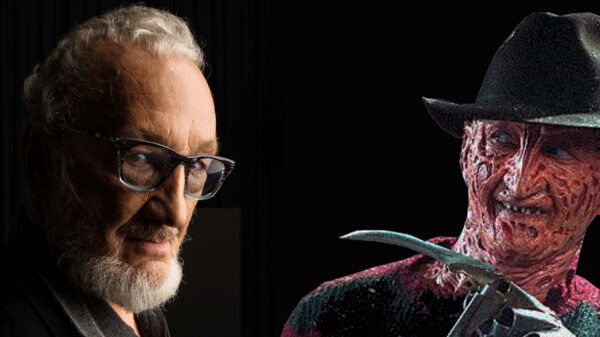

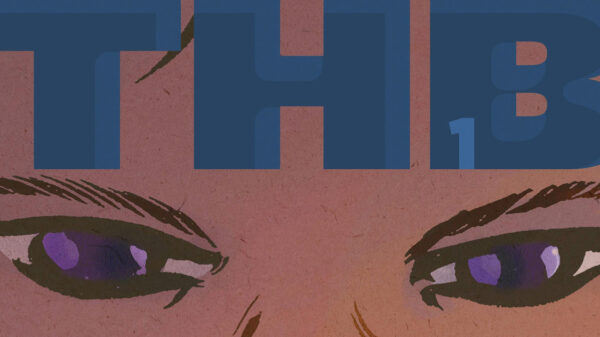

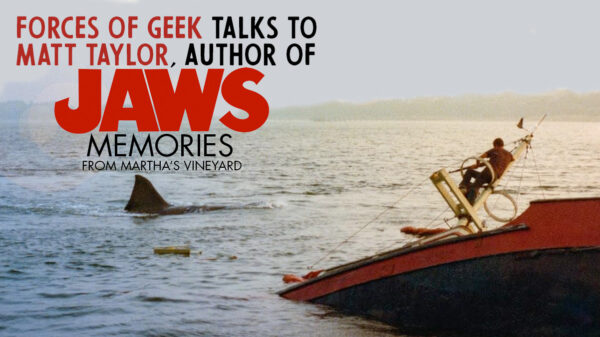
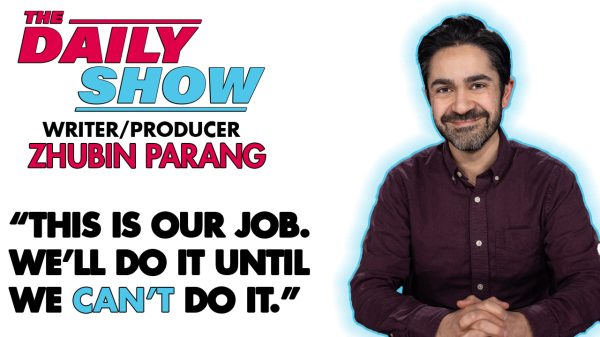
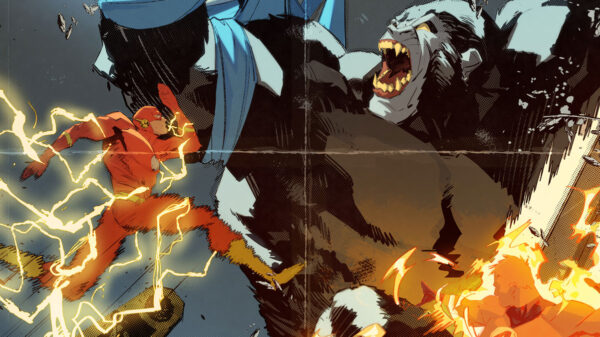
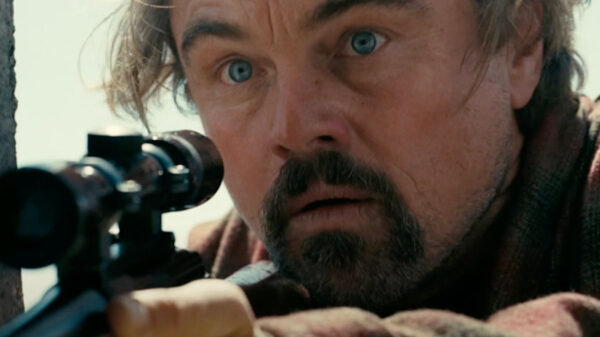
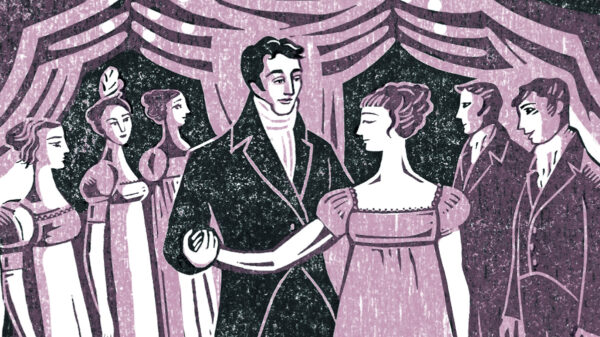
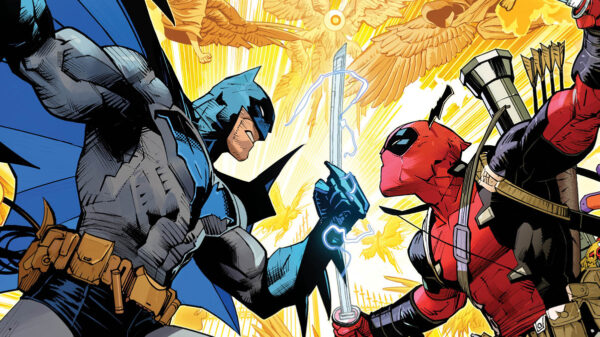




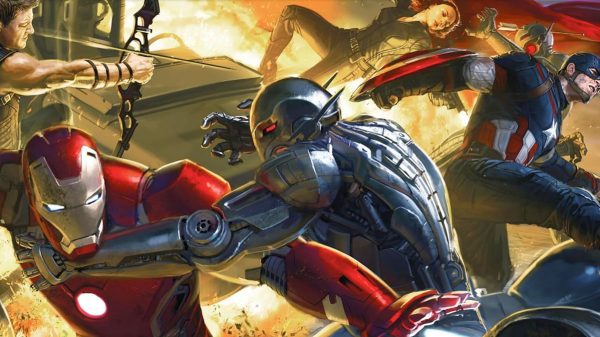

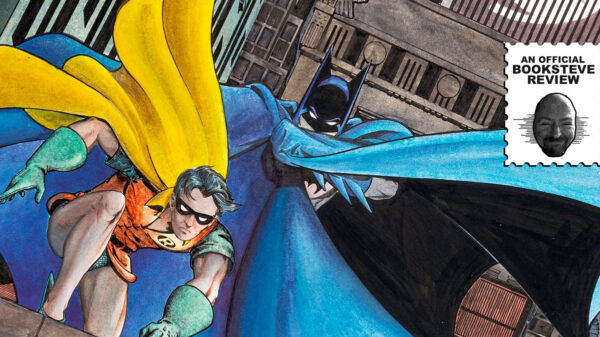
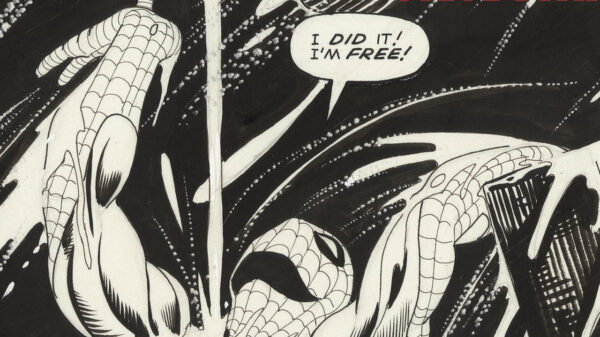
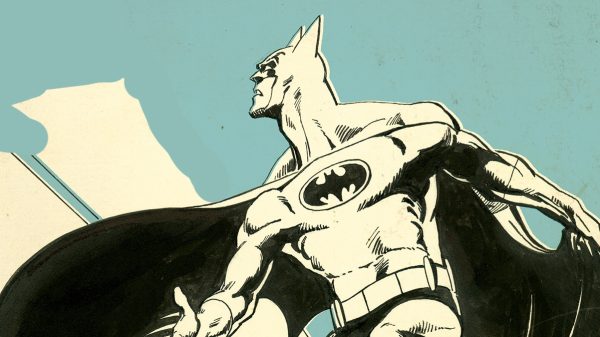

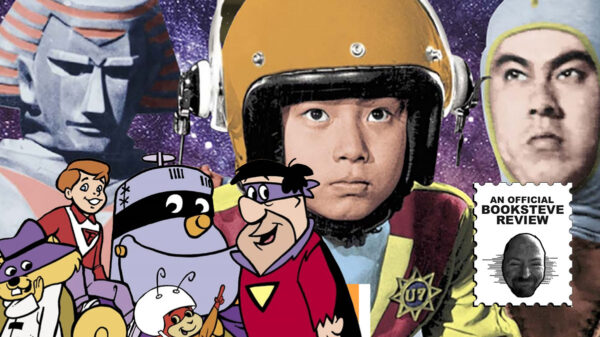
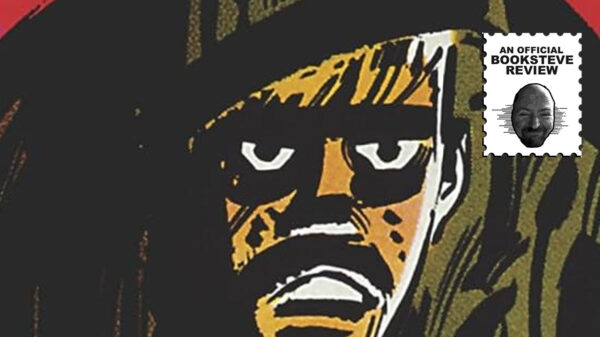
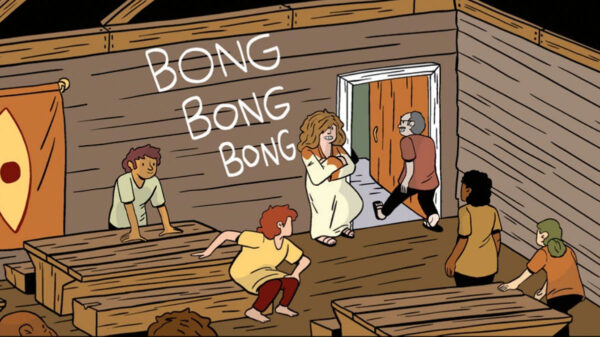
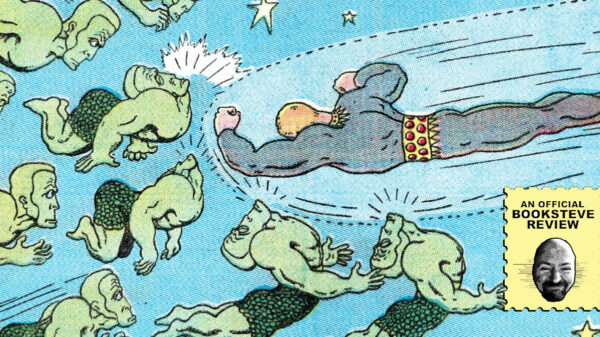
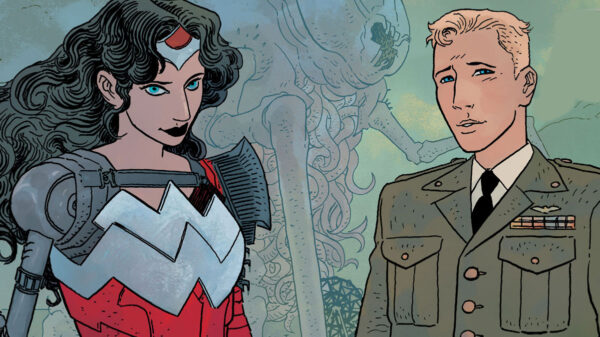









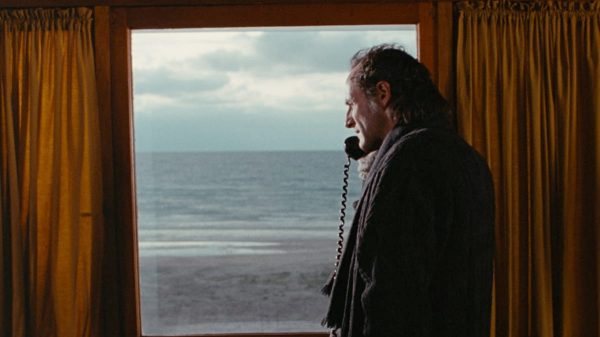
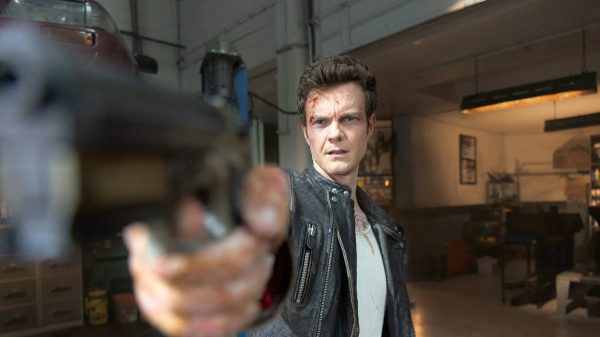
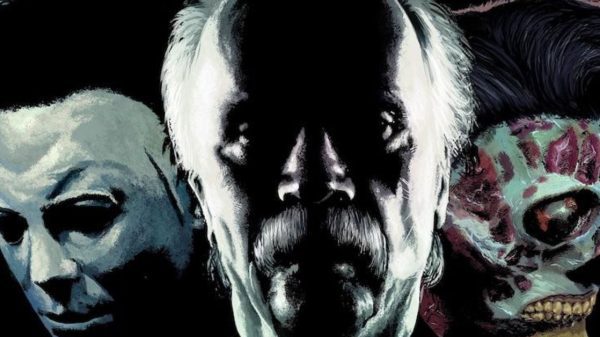
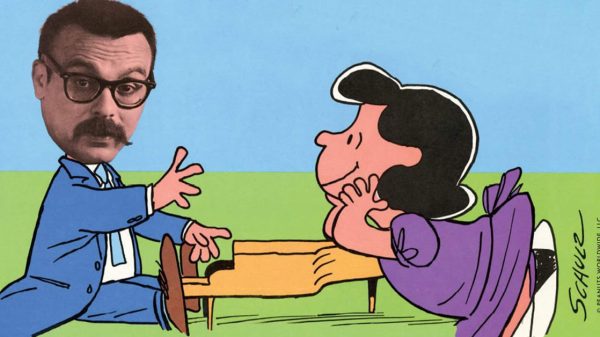
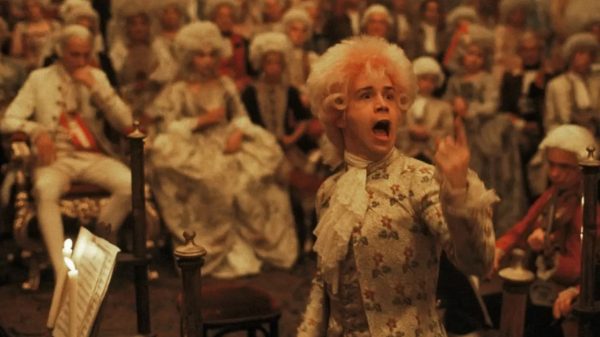














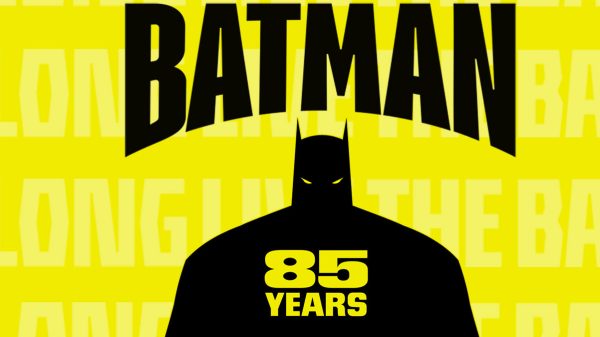


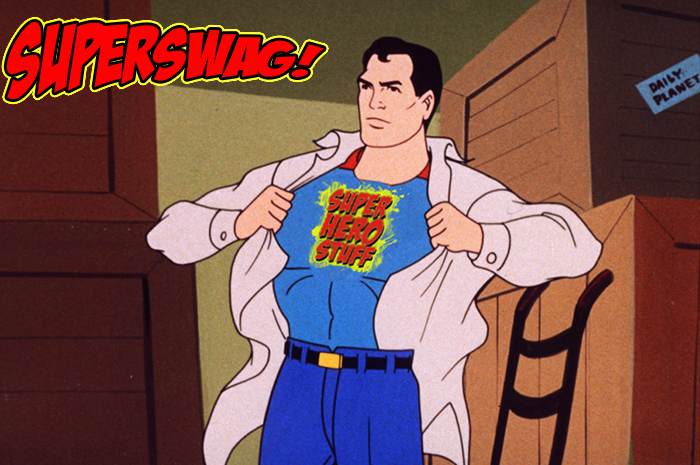

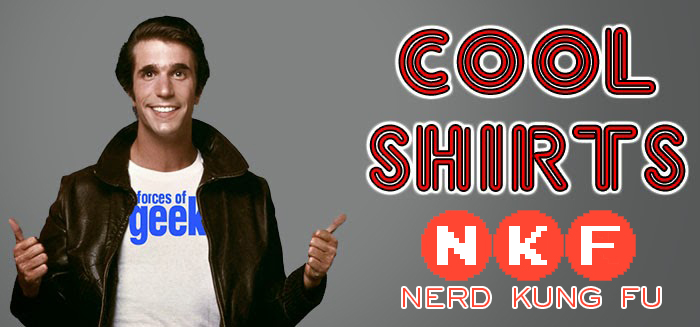
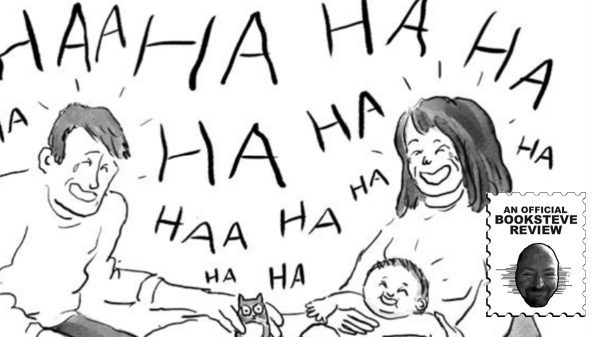



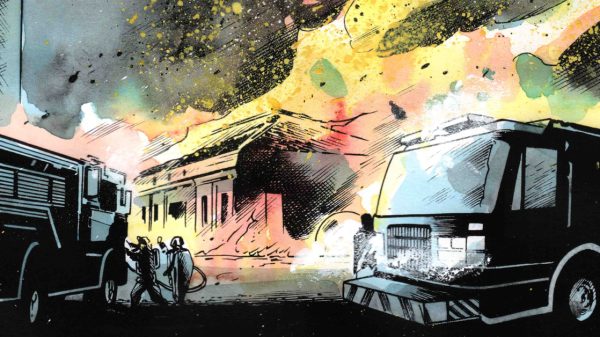














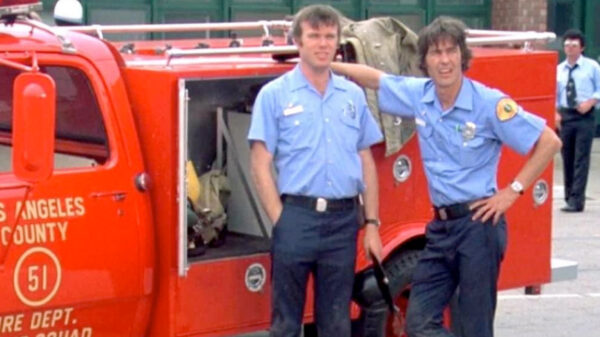
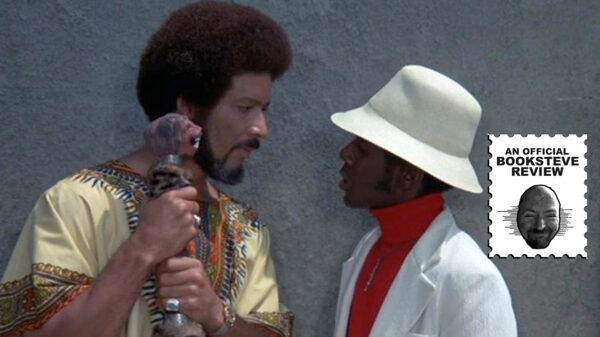






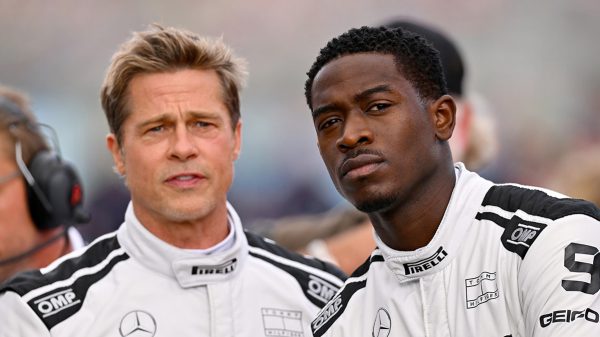






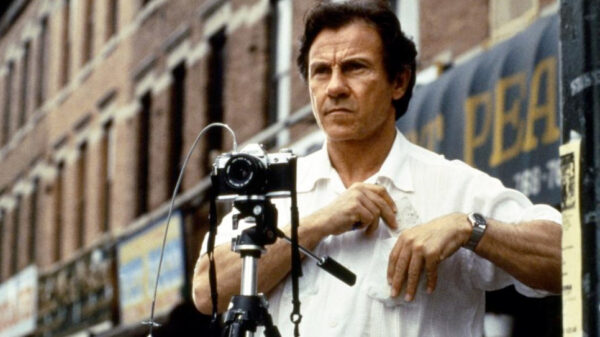





You must be logged in to post a comment Login